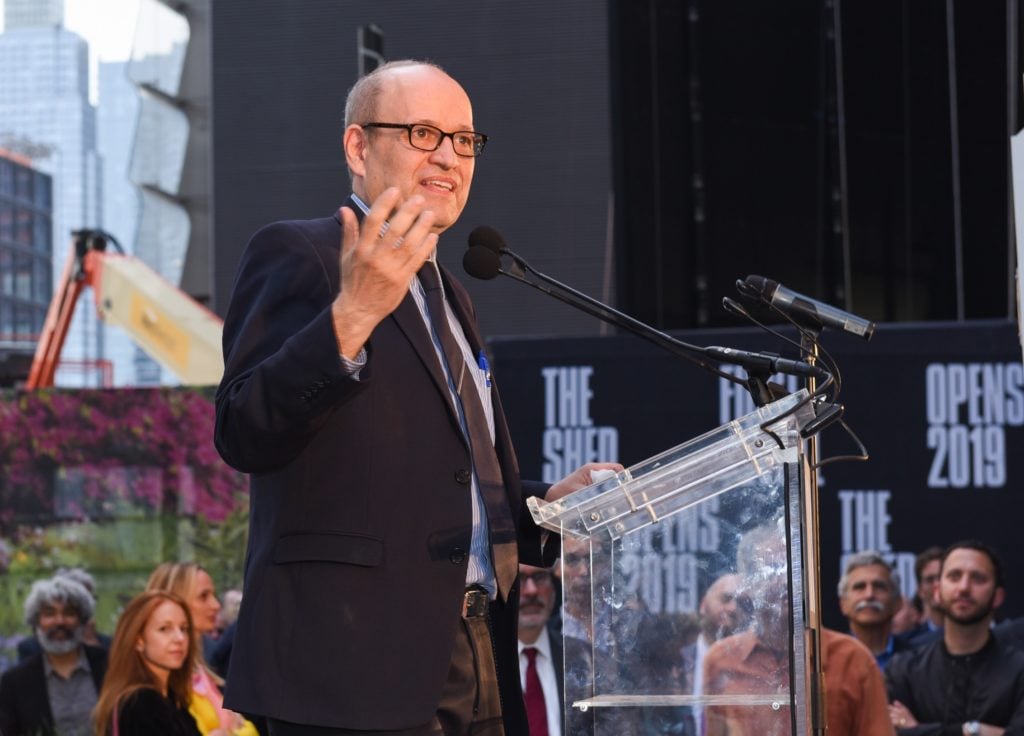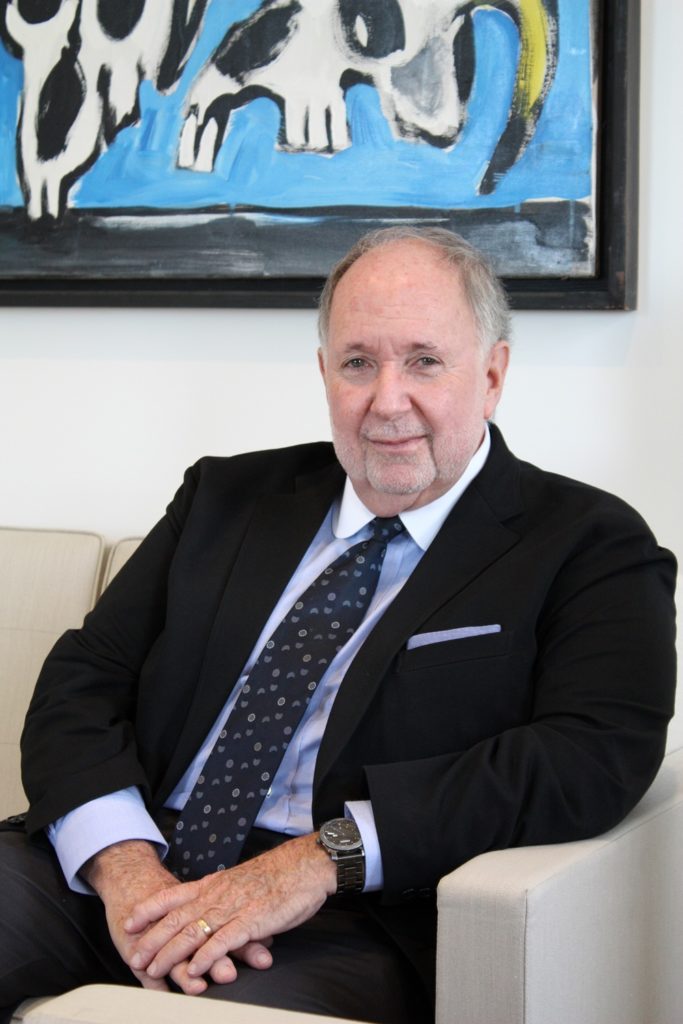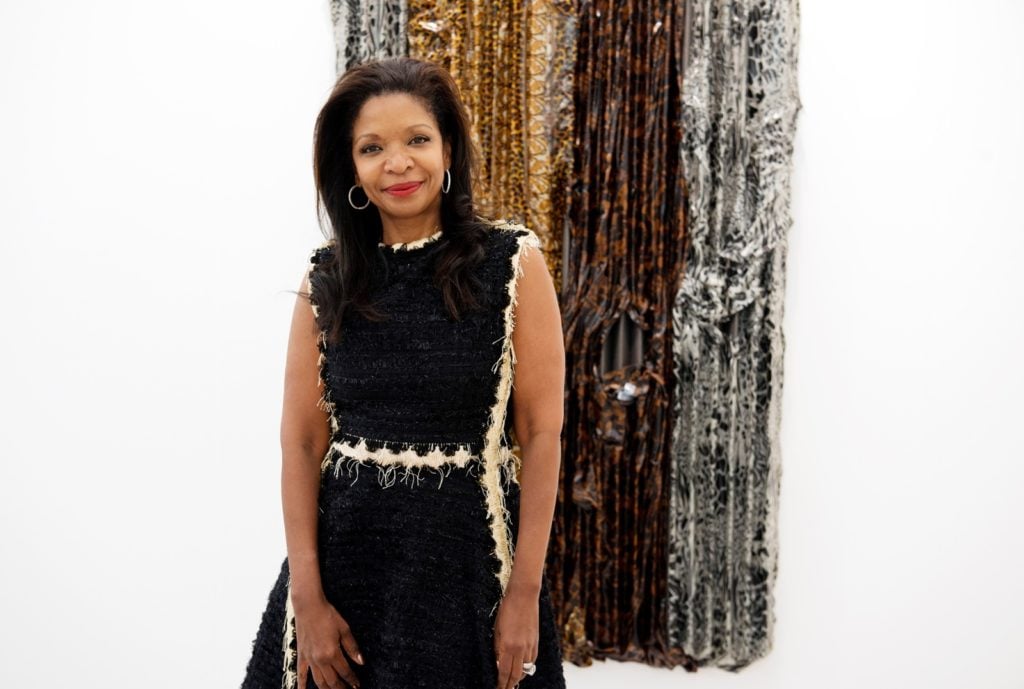Art World
From Interns to the Board Room, New York’s Museums Need to Diversify. Here’s How They Can Do It.
If they want to keep getting city funds, they've got to improve. Experts have some advice.

If they want to keep getting city funds, they've got to improve. Experts have some advice.

When the City of New York released its first comprehensive “cultural plan” earlier this month, one element in particular stood out. In order to continue receiving city money, art institutions will have to put forth concrete plans to increase diversity and inclusion among their staff and board members.
It’s no small sum. During the fiscal year of 2017, the Department of Cultural Affairs gave over $170 million to more than 900 organizations—$20 million more than the National Endowment for the Arts’s entire budget.
At the press conference unveiling the plan on July 20, Mayor Bill de Blasio said that diversity “will be a factor in funding decisions by the city” because “we believe in fairness”—language that sounds potentially foreboding. The plan itself, however, is actually quite general. And Cultural Affairs Commissioner Tom Finkelpearl has stressed the plan is a “vision document” for which specifics will be hashed out only over the coming years.
What, then, does the new initiative actually mean, practically, for New York cultural institutions trying to navigate it here and now?
If you’re a museum whose leadership doesn’t yet represent the city’s breadth—from racial and ethnic groups and diversity of physical abilities to gender identities—the message from the city and senior nonprofit officers is clear: Don’t panic.

Tom Finkelpearl at the Shed, New York, May 2017. ©Patrick McMullan. Photo Presley Ann.
These leaders have plenty of ideas about how cultural institutions can meet the city’s challenge. And there will be opportunities to share them. Over the next year, Finkelpearl says, the city will organize gatherings of cultural organizations’ top brass to discuss what strategies have worked for them—and which haven’t.
Last year, the city’s Cultural Affairs Department released a yearlong study that quantified what many in the field already knew: The staff and leadership of cultural institutions, especially at the highest levels, is largely white.
Part of the long-term solution, experts interviewed by artnet News agree, is for cultural organizations to recruit young people via internships (preferably paid ones). When Finkelpearl released his study, City University of New York Chancellor James B. Milliken immediately wrote de Blasio to discuss how his army of ambitious students might get themselves into the pipeline.
“We have thousands of students in areas relevant to these institutions, not only art history but also business management and information technology,” Milliken tells artnet News. With funding from the Rockefeller Foundation, CUNY launched a paid internship program in partnership with the cultural affairs department that sends students to art museums and preservation societies.
“Our goal is to provide our students with every opportunity to be competitive with students from the best schools anywhere,” Milliken says.
Such efforts are gaining notice among professional organizations like the American Association of Museum Directors (AAMD). In May 2017, with the support of the Andrew W. Mellon Foundation, AAMD published case studies of initiatives that seek to seed the museum staffs of the future, including an internship program for students from LaGuardia Community College at New York’s American Folk Art Museum.
The future is one issue. But what about improving the profile of staff working in museums today?
Nearly three-quarters, or 74 percent, of senior staff at New York City’s cultural organizations is white, according to the cultural affairs department’s survey. The whitest arts profession in New York, Finkelpearl adds, is curator. To start to chip away at these statistics, Finkelpearl urges institutions to look farther afield. “If you’ve got an African art department,” he says, “why not look to curators in Africa?”
Finkelpearl cites the Rooney Rule, a policy that requires NFL teams to ensure minority candidates are interviewed for head coaching and senior operations jobs, which he adopted as director of the Queens Museum. The rule, notably, does not promote quotas—but it does ensure that a diverse pool of candidates is considered. (“I am not a quota person,” Finkelpearl says.)
Concerned your museum’s bigwigs might not have the network to identify a representative list of candidates? Consider an executive search firm or consulting agency that specializes in inclusion.
Another program available to help is the racial justice nonprofit Race Forward, which will organize “racial equity interventions” over the next year for some 60 New York City arts organizations, including the Whitney Museum of American Art and the Drawing Center. The organizations will receive a stipend and training to “interrupt structural racism.”
Some organizations, meanwhile, have already managed to turn themselves around. New York Community Trust’s program director Kerry McCarthy identifies BRIC, a visual and performing arts organization in Brooklyn, as a success story. Over the last five years, its mostly white staff has become 60 percent people of color, earning it recognition as one of the city’s most inclusive arts organizations.

Arnold Lehman. Photo by Rita Salpietro.
The higher you go in museum leadership, however, the more elusive the solutions may appear.
“The thorniest challenge is how to diversify institutions’ boards,” says Arnold Lehman, the former director of the Brooklyn Museum (and currently an advisor to Phillips). The fact that museums typically require board members to pony up substantial donations and raise money from others—and often recruit from within their own prescribed networks—means that the historically disenfranchised have long been woefully underrepresented in cultural boardrooms.
But there is good news, Lehman notes. “The stock market, banking, and real estate are now producing many more individuals of means who represent a greater cross-section of people of color than ever before.”

Pamela Joyner.
Collector and philanthropist Pamela Joyner concurs, noting that the next generation of entrepreneurs—especially in Northern California, where she lives—better reflects the US population.
Joyner, who serves on the J. Paul Getty Trust’s board and has been a trustee at the Art Institute of Chicago and the New York City Ballet, says that “when you sit in a board room, one of your biggest obligations is to recruit the next generation, and of course I know people that my board peers might not know.” (Prodding museums to diversify their collections is another very important role, she adds.)
Often, non-white, non-male candidates are younger than the typical board member. But “young fortunes will wind up being no different from old fortunes,” Joyner says.
Of course, efforts to increase diversity in museums—institutions not necessarily renowned for being nimble—are far easier to talk about than to execute. In order to be successful, leaders will have to commit both time and money—even if it means other priorities take a backseat. “At least try your best,” Arnold Lehman says, “and know that your best 20 years ago isn’t your best today.”
The city will also need to be held accountable. The People’s Cultural Plan—a list of priorities published by a coalition of artists, culture workers, and activists—demands “more than lip service” from the city in support of diversity. The plan proposes supporting ownership of small businesses by people of color and establishing “diversity officers to oversee the integration of [people of color] in the cultural workforce.”
The new hires and board members are hardly the only beneficiaries of inclusive policies, notes Kerry McCarthy. Corporate America, she says, figured out years ago that the most successful businesses are often the most inclusive. “The more diversity you have, the faster you’re able to get to the right answer, rather than having a bunch of people who look the same trying to answer the question.”
While the prospect of losing city funding is enough to strike fear into the heart of any museum director, Finkelpearl stresses that the city’s aim is not to be punitive, and reports that many in the field are champing at the bit to make the very improvements the city is urging.
“I’ve talked to a lot of people about this,” Finkelpearl says, “and I was bracing for the reaction. But in fact, people have been trying to do this. They want to do this.”